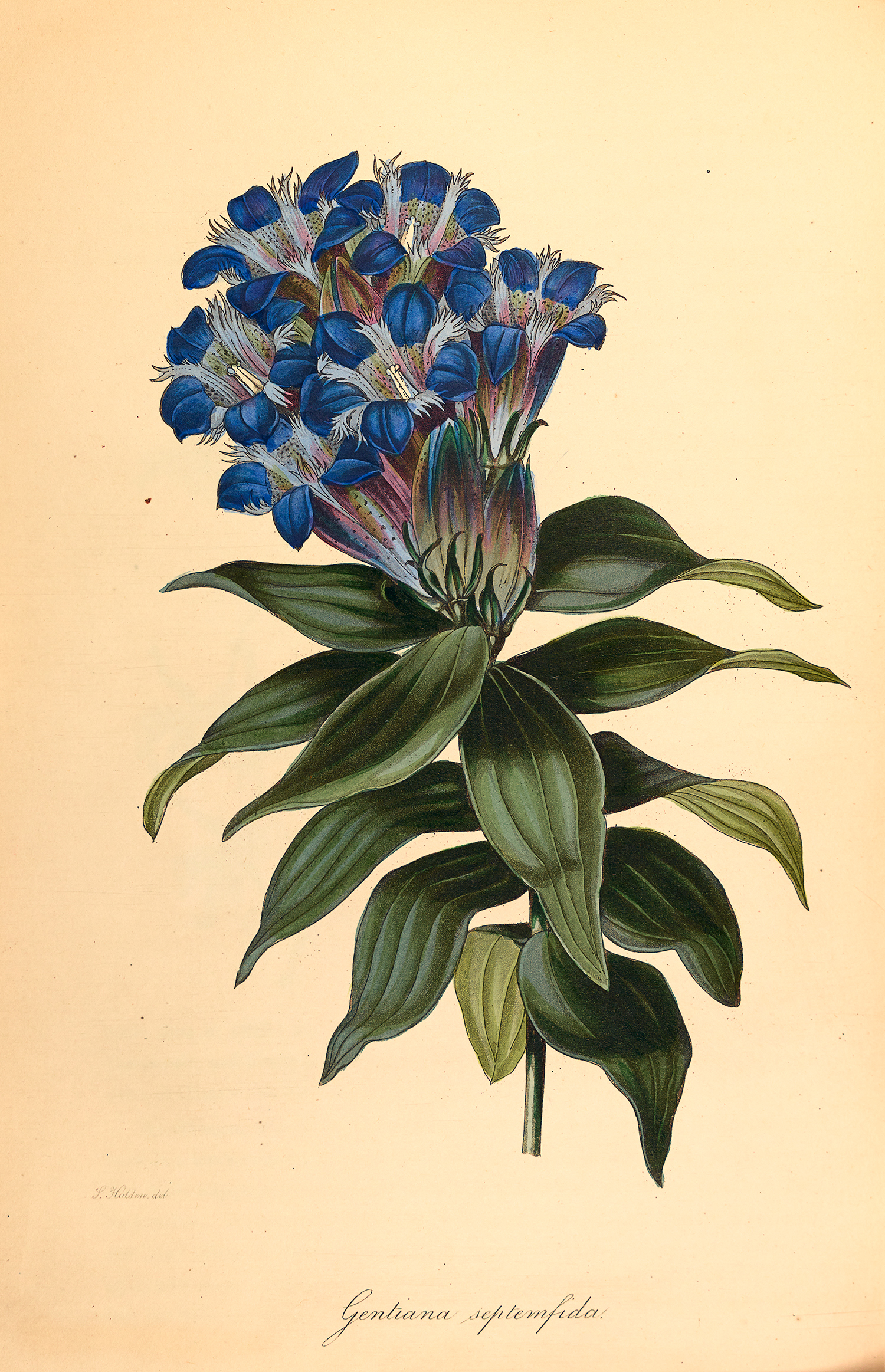Author citation (botany)
The author abbreviation of the botanists and mycologists are used worldwide abbreviation for authors of botanical original descriptions, which are to be regarded as part of the botanical name of a customer.
The relevant rule and recommendation work for naming organisms that belong to the Botany (algae, plants, and fungi), the International Code of Botanical Nomenclature, ICBN abbreviated. The latest versions of this code are the Saint Louis Code, which was adopted by the 16th International botanist Congress in St. Louis ( in Missouri ) in 1999, and the Vienna Code, to the 17th International Congress botanist in Vienna in decided in July 2005.
A species name is valid only in accordance with the rules of the ICBN, when he was released. The name of the author who has published the first description, then the species name (consisting of the genus name and the species epithet ), attached behind. For this, abbreviations (Author initials) have naturalized.
Previously, the abbreviations have been inconsistently handled since there was no internationally recognized standard. It has become internationally common practice to use the abbreviations in accordance with the published 1992 reference work Authors of Plant Names by Richard Kenneth Brummitt and C. Emma Powell. Since 1998, this work is listed as database " IPNI " at the Royal Botanic Gardens at Kew. Authorities such as the Taxonomic Databases Working Group ( TDWG ) use yet printed "static" version of the work of Brummitt and Powell; However, the replacement by the dynamic of the global research community constantly updated database version is in preparation or in part already common practice.
Formatting of author citation
& Or "et"
Are involved in the description and naming of a kind two or more authors, their names are separated with commas or " &" or "et" (Latin for, and ') connected.
Clip
Is a type already described was later transferred to another genus, the author of the earlier description is additionally specified in brackets (also known as the " clamp author"); the authors are mentioned behind the bracket then who made the Umkombination.
"Non"
If two authors assigned the same name for two different types ( that is, there were homonyms generated ), then as an indication of the likelihood of confusion, the author of the inappropriate here name prefixed with " non" (Latin for, not ') are appended. This happens especially in taxonomically -oriented work.
"Ex"
"Ex" ( Latin for " from ... out " here in the sense of " according to " or "high " ) is the first to describe, if the name before somewhere else already was used. For example, say the name
States that although already G. Engelmann has used the name Opuntia versicolor, but only J. M. Coulter performed the first description.
Others
In taxonomic publications often follow other elements of the author citation, either only the year of publication, or the (usually abbreviated ) title. Also for the abbreviation of important older titles there are to the author abbreviations comparable title abbreviations ( " Taxonomic Literature, verse 2, TL2 ").
In practice it is often omitted mention of the author's abbreviation, when no confusion is to be feared from the context. In the scientific literature, however, the additional mention of the author's abbreviation is practically indispensable.







.jpg)


